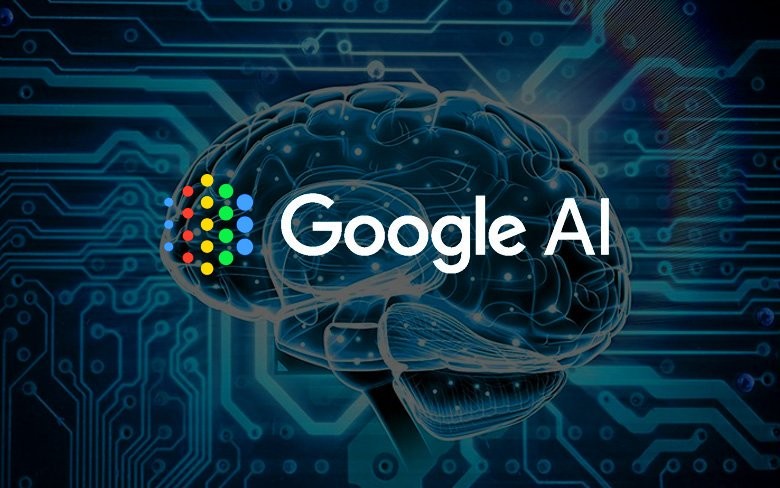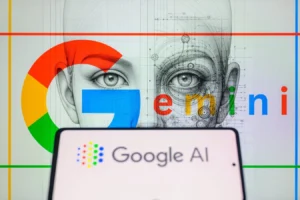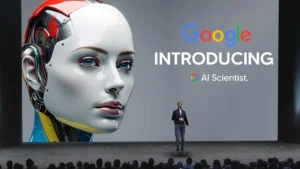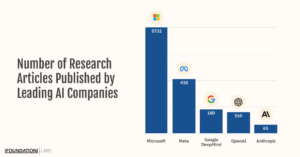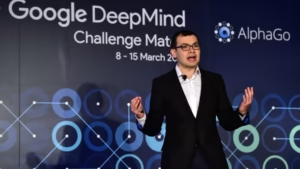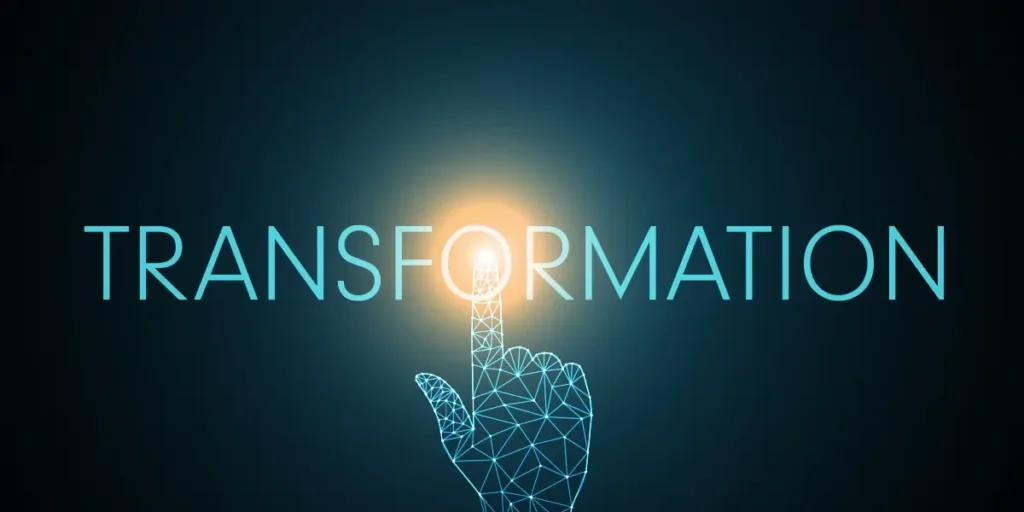Google AI Research Introduces a Novel Machine Learning Approach
Google Research recently unveiled a new method that turns a time-series foundation model (TimesFM) into a few-shot forecaster through a technique called in-context fine-tuning (ICF). The idea borrows the in-context learning behavior of large language models and brings it to numeric sequences, so a single pretrained checkpoint can adapt at inference time by reading a few related series passed in the prompt—no per-dataset gradient updates required. Google Research+1
Time-series forecasting powers everything from supply-chain planning and energy load prediction to sensor monitoring and sales projections. For decades the standard recipe was: collect task-specific historical data, fine-tune a model on that dataset, and then deploy the tailored model. That workflow works—but it’s expensive, brittle, and doesn’t scale well across many tenants, SKUs, or sensor streams where per-task fine-tuning is impractical. Google’s new approach reframes adaptation: instead of optimizing weights for every new time-series task, teach a foundation model during pretraining to read and learn from a handful of example series provided in the prompt at inference time. The result: a true few-shot forecaster. Google Research+1
The problem: adaptation at scale for time series
Organizations often manage thousands—or millions—of related time series. Retailers track SKUs across stores, utilities monitor grids across substations, and manufacturing lines collect dozens of sensor channels. For each forecasting task you could fine-tune a model, but that quickly becomes untenable: training loops multiply, latency and cost balloon, and maintaining many checkpoints becomes operational overhead. Zero-shot foundation models helped by providing a single pretrained model that generalizes across tasks, but they still lag behind task-specific fine-tuning in many realistic settings. The question Google researchers asked: can we train a foundation model to use examples presented at inference time (i.e., in its context window) so the same checkpoint can adapt like a fine-tuned model without weight updates? arXiv
The core idea: In-Context Fine-Tuning (ICF)
In-Context Fine-Tuning (ICF) is a continued-pretraining recipe that conditions a time-series foundation model to consume multiple related series in its context window and use them as support examples for forecasting a target series. Concretely:
-
During ICF, each training batch contains a target series plus several support series appended into the model’s input, separated by special tokens.
-
The model is trained to pay attention to those support snippets and leverage cross-series patterns for better predictions on the target series.
-
At inference, a practitioner simply provides the target history and a small number (k) of related series as in-context support; the model uses the prompt to adapt on the fly—no gradient steps. Google Research+1
This is conceptually similar to few-shot prompting for LLMs, but the challenge and novelty are in applying it to numeric sequences rather than text, and in designing a pretraining objective and input formatting that makes attention layers learn to exploit cross-series structure.
Why it matters — practical wins
Google’s results show that ICF turns TimesFM into a practical few-shot learner: performance reaches parity with supervised fine-tuning in many settings, while offering the operational simplicity of a single checkpoint. In an out-of-distribution benchmark, ICF delivered meaningful gains over the base TimesFM (the MarkTechPost summary reports around +6.8% accuracy improvement across certain OOD splits), and in several canonical forecasting datasets it matched or closely approached dataset-specific fine-tuning. Those are significant outcomes for practitioners who need accuracy and deployment simplicity. MarkTechPost+1
How this differs from previous approaches
There are three main classes of prior solutions:
-
Task-specific fine-tuning: Best accuracy but expensive and slow for many tasks.
-
Zero-shot foundation models: One model for all tasks; cheaper operationally but weaker adaptation.
-
Meta-learning / MAML-style methods: Train models to adapt via a small number of gradient steps; requires a per-task update at inference time.
ICF sits between zero-shot and fine-tuning. It trains the model so that no weight update is required at inference time—the adaptation happens through the attended context (support series) only. That avoids both the per-task training loop of MAML and the rigidity of standard zero-shot models. It’s a neat operational sweet spot: one checkpoint, few-shot performance, and predictable latency. arXiv
Technical highlights (in plain language)
The paper and blog provide several technical components that make ICF work:
-
Prompt layout for series: Support series and target series are concatenated with separators so the model sees them in a single long sequence. The model is trained to extract cross-series cues—seasonality, lagged effects, amplitude differences—directly from those snippets. arXiv
-
Continued pretraining objective: Instead of only training on single-series prediction, the pretraining includes tasks where support series accompany targets, encouraging attention heads to learn cross-series mappings. OpenReview
-
Benchmarks and evaluation: ICF was assessed on a variety of forecasting benchmarks, including both in-distribution and out-of-distribution splits, to show robustness and real-world applicability. icml.cc
The upshot: the architecture and training regime nudge the model’s attention to treat examples as information (not just noise), enabling reliable few-shot generalization.
Real-world use cases that immediately benefit
A handful of applied scenarios stand to benefit right away:
-
Retail/wholesale demand forecasting: Use similar SKUs or adjacent store sales as support series to boost forecasts for a low-data SKU without fine-tuning.
-
IoT and predictive maintenance: Leverage neighboring sensors or previous anomaly patterns as context to forecast a target sensor’s trajectory—useful when labeled failure data is scarce.
-
Finance and energy: Short-term load or price forecasting can use correlated time series (regional grids, similar assets) as in-context support.
-
Multi-tenant SaaS forecasting products: A single deployed model can serve many clients by selecting curated support series per tenant, avoiding per-customer training runs and simplifying versioning. Google Research
In each of these, the main operational control becomes which support series you pass in the prompt—the selection strategy becomes a powerful lever for adaptation.
Limitations and open challenges
No method is a silver bullet. The Google team and the paper highlight several limitations and open questions:
-
Support selection matters: Performance hinges on choosing helpful support series. In many applications, building an automated, robust strategy for selecting supportive examples (nearest neighbors, clustering, metadata filters) remains an engineering task. Google Research
-
Context window constraints: Long context windows are helpful—more examples can improve adaptation—but practical models have finite context capacity. The tradeoff between support quantity and model latency/compute must be managed. arXiv
-
OOD robustness and distribution shift: While ICF shows promising OOD results, extreme domain shifts may still require additional mechanisms (domain-specific adapters, lightweight fine-tuning) to avoid performance collapse. arXiv
-
Interpretability: Understanding how the model uses support snippets—e.g., which lags or features are copied versus transformed—needs more tooling for interpretability and debugging. OpenReview
Google’s research addresses some of these and opens the door for follow-up work on automated support selection, smarter context compression, and hybrid strategies that mix small gradient updates with in-context clues.
Why this is conceptually exciting
There’s an elegance to transferring the LLM idea of few-shot prompting into time-series forecasting. LLMs surprised the community by showing that reasoning and adaptation can live in the context window. Time series are different—numeric, structured, often multivariate—but the same principle applies: if you train a model to treat examples as part of its input distribution, you can unlock on-the-fly adaptation without retraining. This reframing moves some adaptation complexity from compute (gradient steps) to data engineering (choosing and formatting support series), which is a favorable trade for many production systems. Google Research+1
Practical advice for practitioners
If you’re building forecasting systems and want to experiment with ICF-style models, here are practical steps to try:
-
Start with a foundation TimesFM checkpoint (or similar time-series foundation model). Google’s work uses TimesFM variants trained on large diverse corpora. Google Research
-
Design a support selection pipeline. Try nearest-neighbor series by correlation, clustering by seasonal pattern, or metadata filters (same product family, same geography). Evaluate selection strategies on a held-out validation set. arXiv
-
Limit and structure prompts. Use consistent separators, fixed-length snippets, and normalize scales so the model can meaningfully compare series.
-
Monitor latency and model memory. More support examples can help but increase sequence length; measure inference latency and cost.
-
Combine with lightweight fine-tuning when distribution shifts are severe—ICF reduces but may not eliminate the need for occasional parameter updates. OpenReview
What this suggests about the future of foundation models
ICF is part of a larger pattern: foundation models for structured data are maturing, and researchers are inventing ways to make them adaptable without extensive retraining. As models and context windows grow, we’ll see more capabilities emerge where one checkpoint serves many closely related but distinct tasks. The practical implications include simpler model governance, fewer models to version and secure, and faster time-to-insight for businesses that must forecast thousands of items in near real time. ICML Structured FM Workshop
Conclusion — small idea, big operational impact
Google’s in-context fine-tuning reframes adaptation for time-series foundation models: teach the model to learn from examples in the prompt, and you get the benefits of task-specific fine-tuning without the per-task training loops. That’s an important advance for production forecasting at scale. The approach doesn’t eliminate all challenges—support selection, context constraints, and domain shifts remain—and it’s not a universal replacement for fine-tuning. But for many multi-tenant, latency-sensitive forecasting applications, ICF provides a pragmatic, elegant middle-path that’s already showing competitive performance on benchmarks. Expect this line of research to spawn more work on automated support selection, context compression, and hybrid schemes that mix in-context learning with lightweight parameter updates. Google Research+2arXiv+2
Sources & further reading
-
Google Research blog: Time-series foundation models can be few-shot learners (research.google/blog). Google Research
-
ArXiv / OpenReview paper: In-Context Fine-Tuning for Time-Series Foundation Models (Das et al., 2024/ICML 2025 poster). arXiv+1
-
Coverage and analysis: MarkTechPost — Google AI Research Introduce a Novel Machine Learning Approach that Transforms TimesFM into a Few-Shot Learner. MarkTechPost

